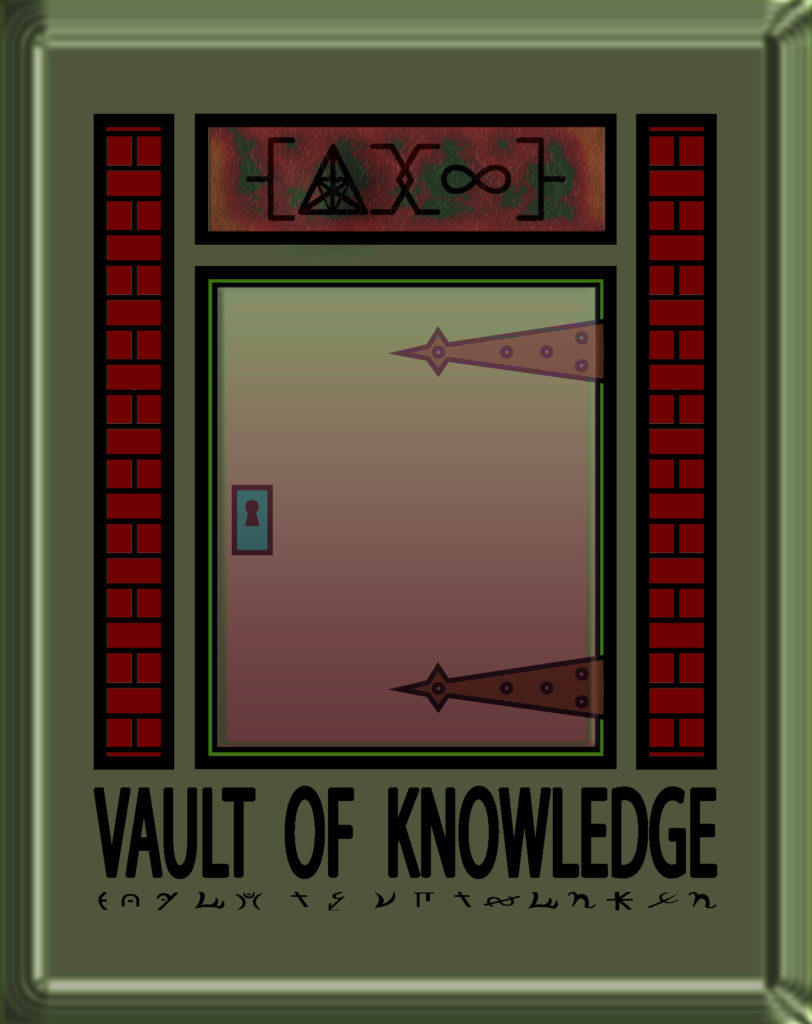If you are writing an epic that spans the globe of whatever fantasy or SF world you have created, sooner or later the subject of weather will come up. And if you do indeed have an entire world to deal with (or most enough of one) then it is not just enough to start sprinkling random storms about. For your world to be real, for your reader to be convinced that it could be an actual place, then you have to have at least some idea of the general weather patterns going on.
The best way is to start with a comparison to Earth’s weather patterns, then extrapolate from there. If your world has just a single basic terrain and climate type then things are easy. A desert planet will have desert type weather- usually dry, hot, with cold nights, and some pretty vicious wind storms to stir things up. A water planet will have turbulent seas, gales, hurricanes, etc., while a jungle world would be rife with heat, humidity, and a while lot of insects (if you don’t think swarms of insects can be part of the local weather, go to the Florida Everglades sometime).
For a more varied world then things get more complicated, but not overly so. Just break down the world into different regions, such as the above desert, sea, etc.- then treat each individually. Of course, things can get more complicated, things can interact. Moons will affect weather, so if your world has multiple moons then they can shift weather patterns and ocean waves in all sorts of ways. Storms can become both more numerous and more violent. High Gravity world? That does wonders for keeping a storm like the Red Spot on Jupiter going for quite a while, so that too can affect the types of weather patterns. Or for a fantasy world, you can have areas of intense magic that can affect the local weather as well. In general, you can just break it down to components. First figure out how any moons might affect things, then after that is done add in effects for gravity, magic, and each such in turn.
And you don’t need to be limited to normal Earthly weather either. For instance, if your world has magic then it can have storms that have magic within them; clouds of glittering lights that rain down and cause certain magical effects. Or a mountainous terrain with high winds could inspire storms of twisting winds and miniature tornados lying on their sides. Be inventive.
The best way is to first take the things that you definitely want in your world and map them out, then figure out the weather patterns you want to be around them. Then, with this as a start, you need to figure what could be causing these pre-determins climates, what their sources might be, then how that would in turn determine what other terrain types could be lurking on your world. Like bootstrapping your way from one element to the next until the whole thing is complete.
For instance, if you want a continent where its west coast is always being pelted by storms coming down from the northwest, then that could mean either there is a jet stream weaving its way around various other land masses, or there is a small island continent further out West causing the storms to go around the north of it to come down from the direction you had determined. Such a constant stream of storms would also affect the trade routes, as ships would sail more southward to avoid these storms, which in turn could affect your plot.
You don’t need to get things down to an exact science- and weather science isn’t exact anyway- but just enough to keep things plausible, or at least give you an excuse to have in there what you want.







 Users Today : 384
Users Today : 384 Total views : 4353518
Total views : 4353518 Who's Online : 8
Who's Online : 8

